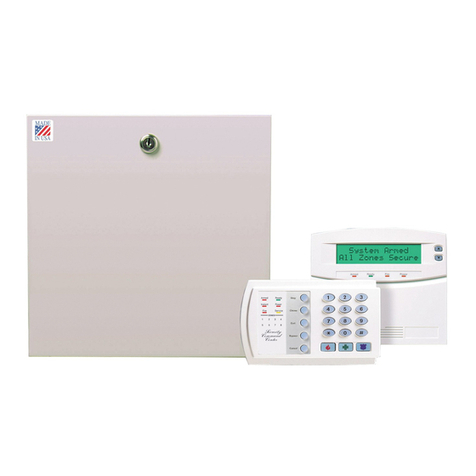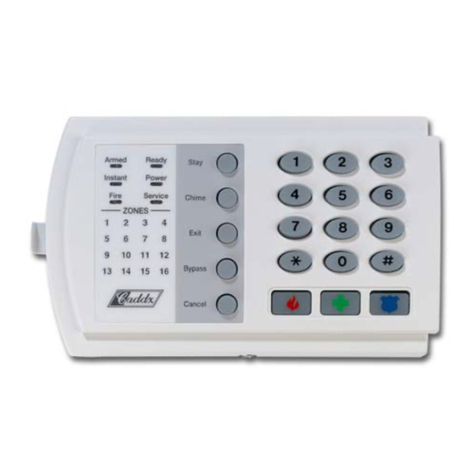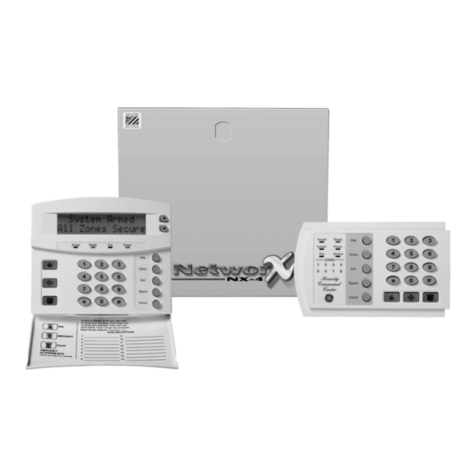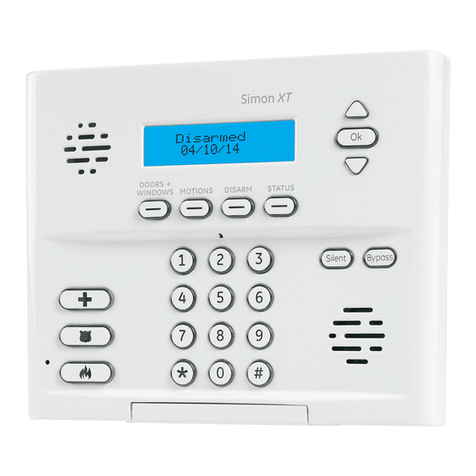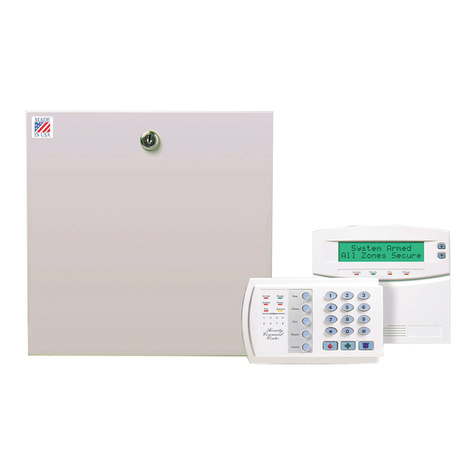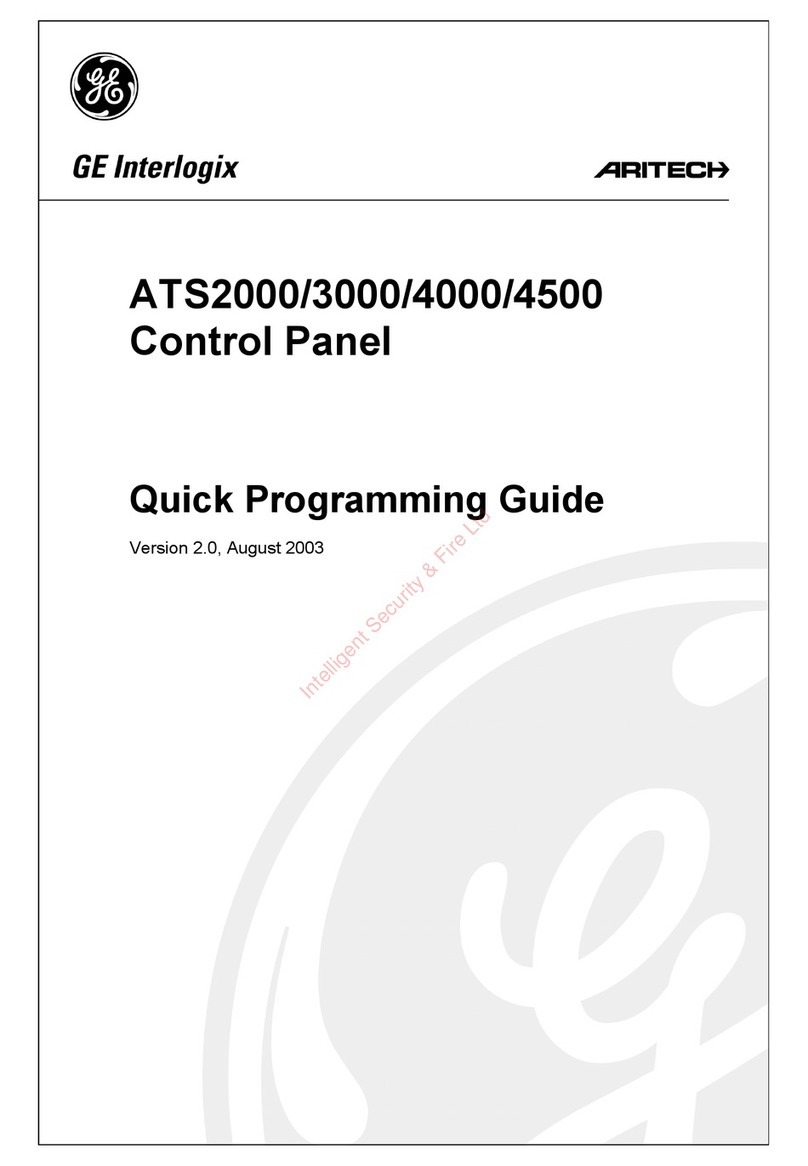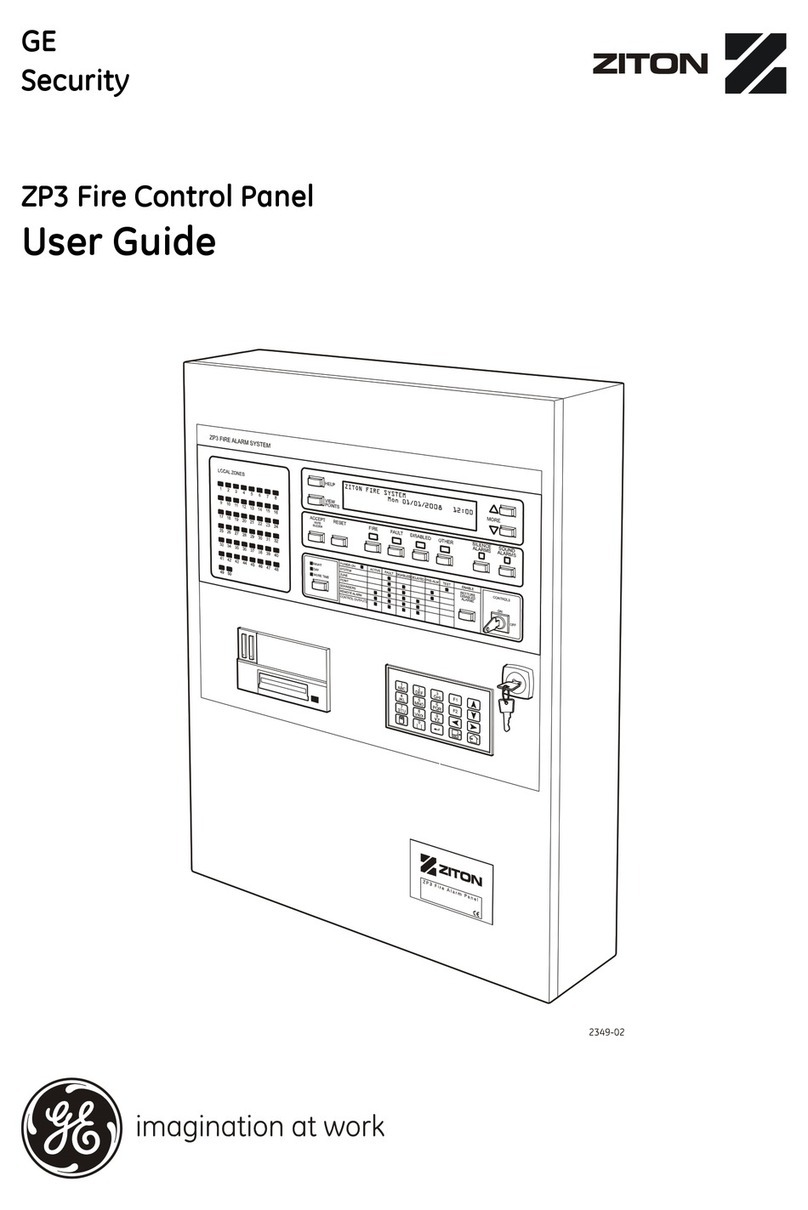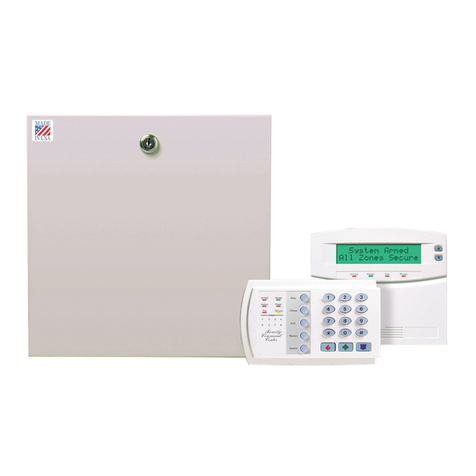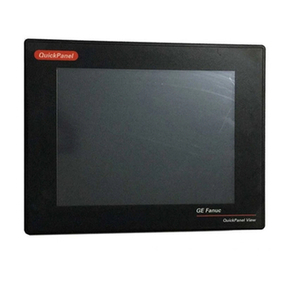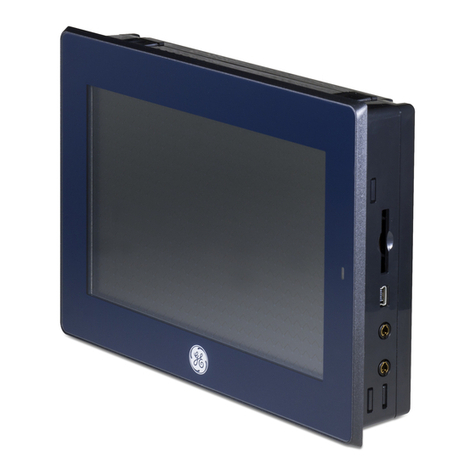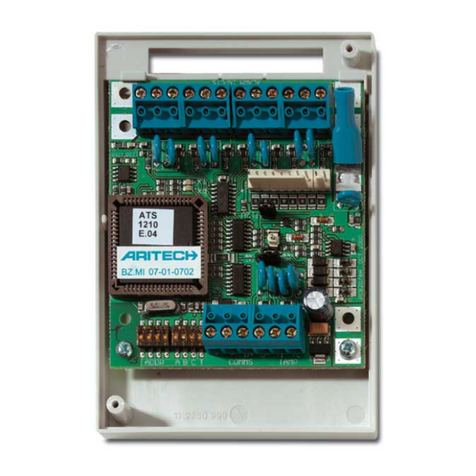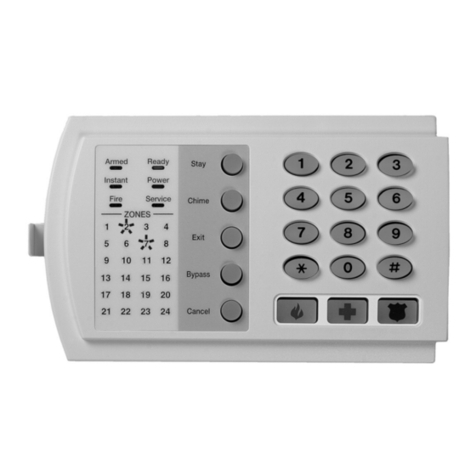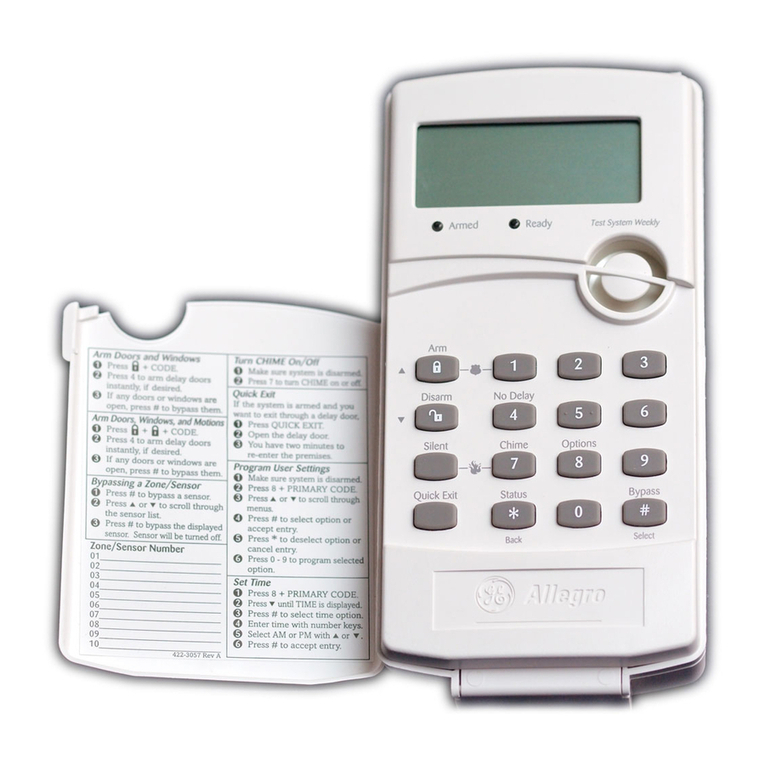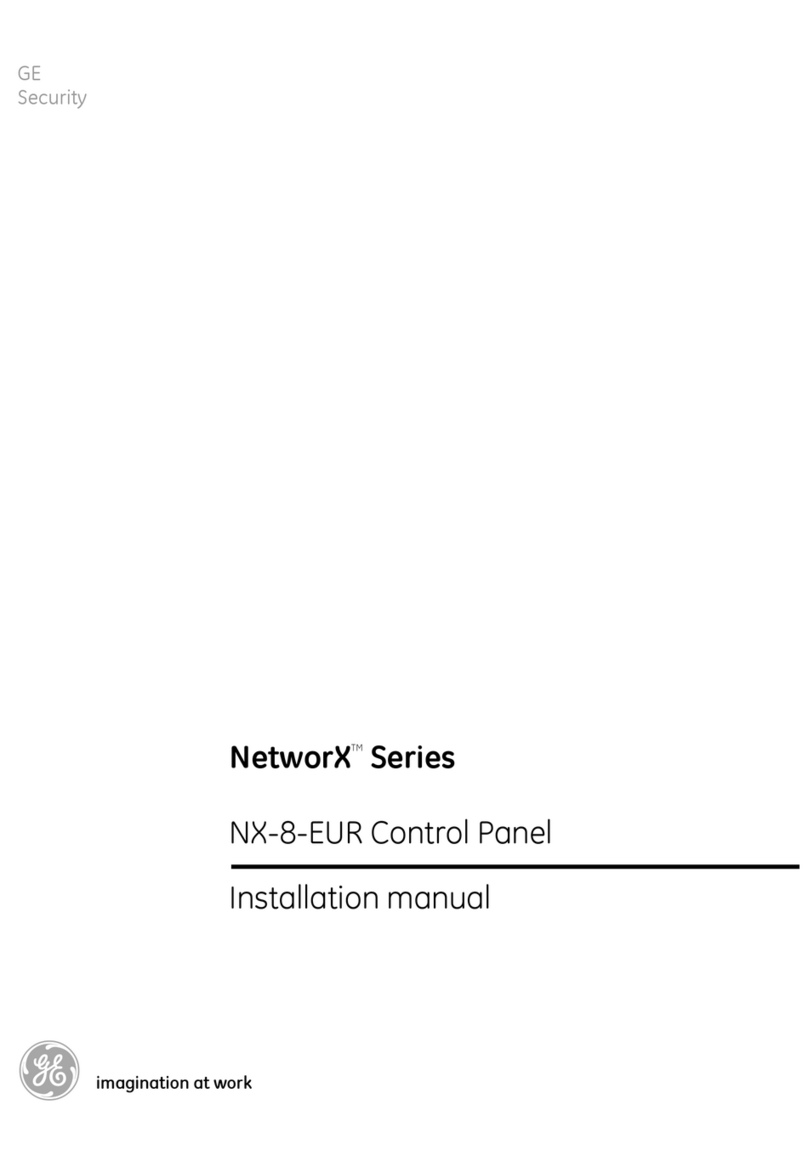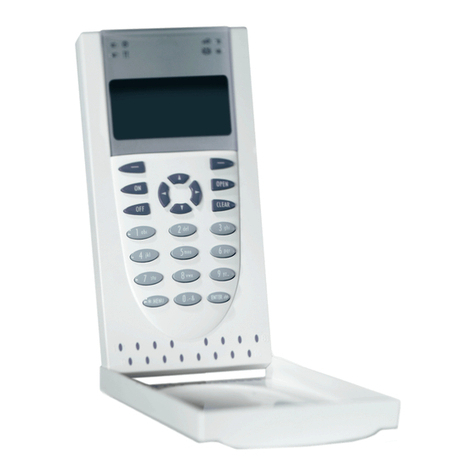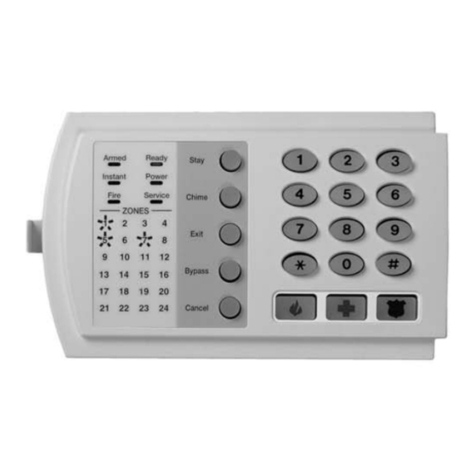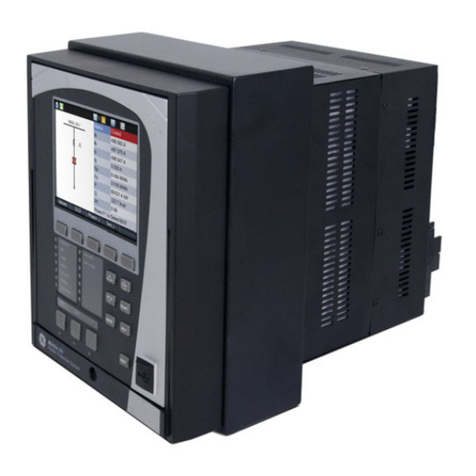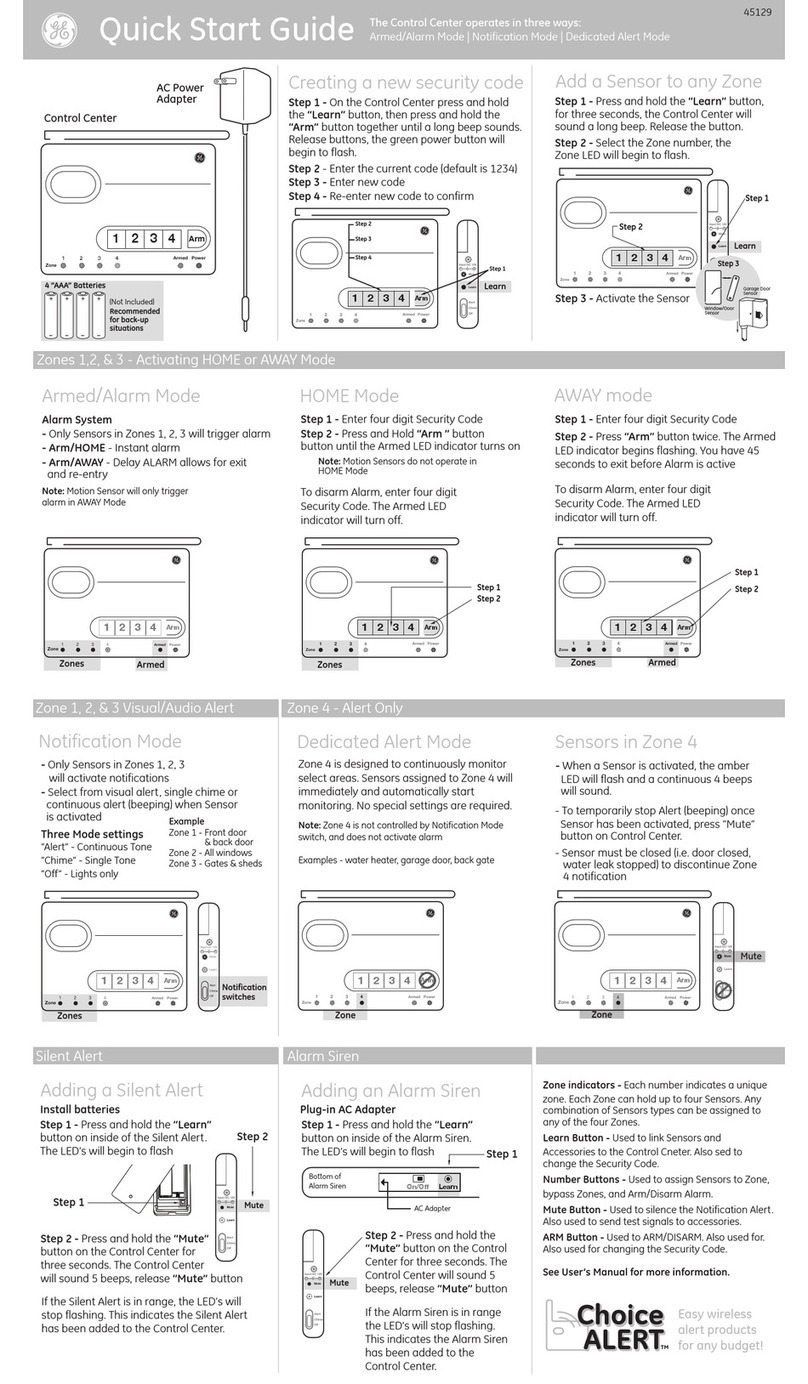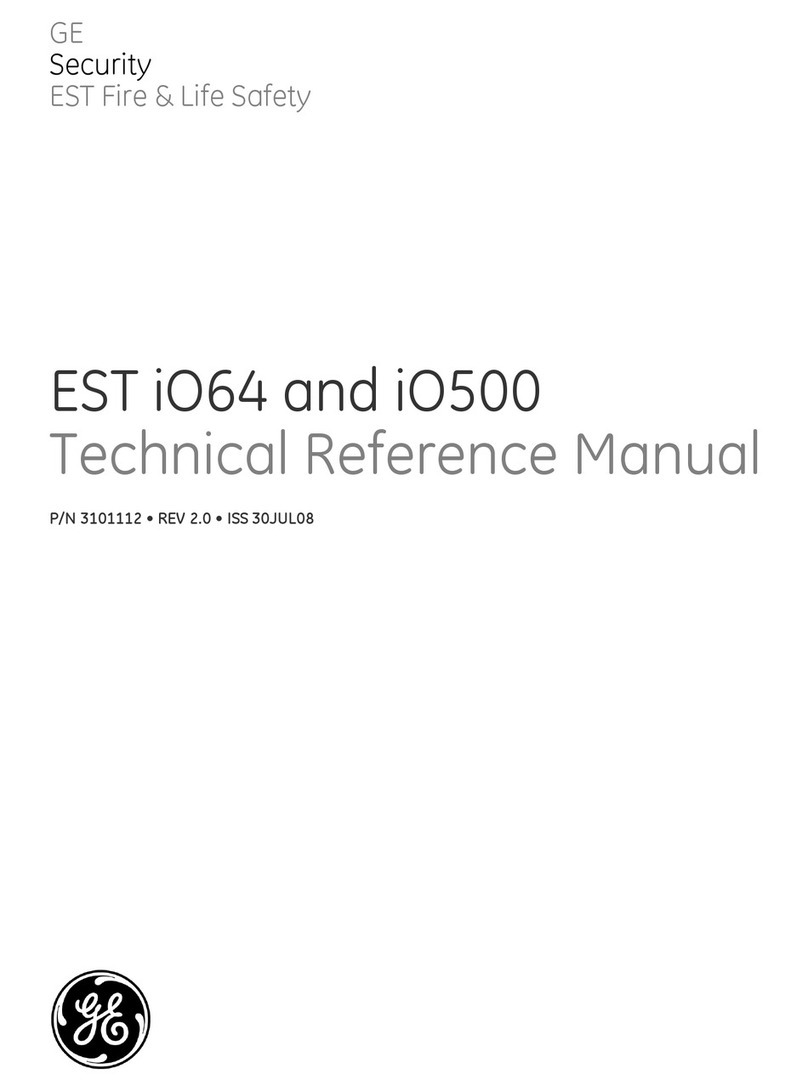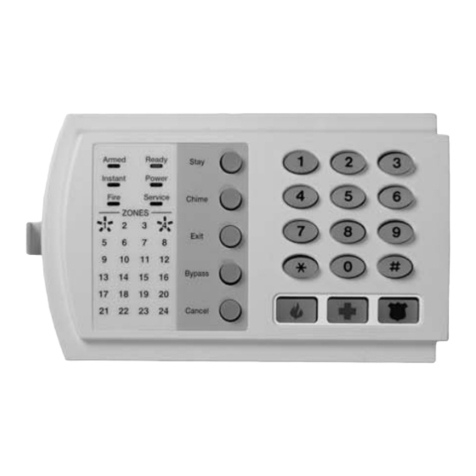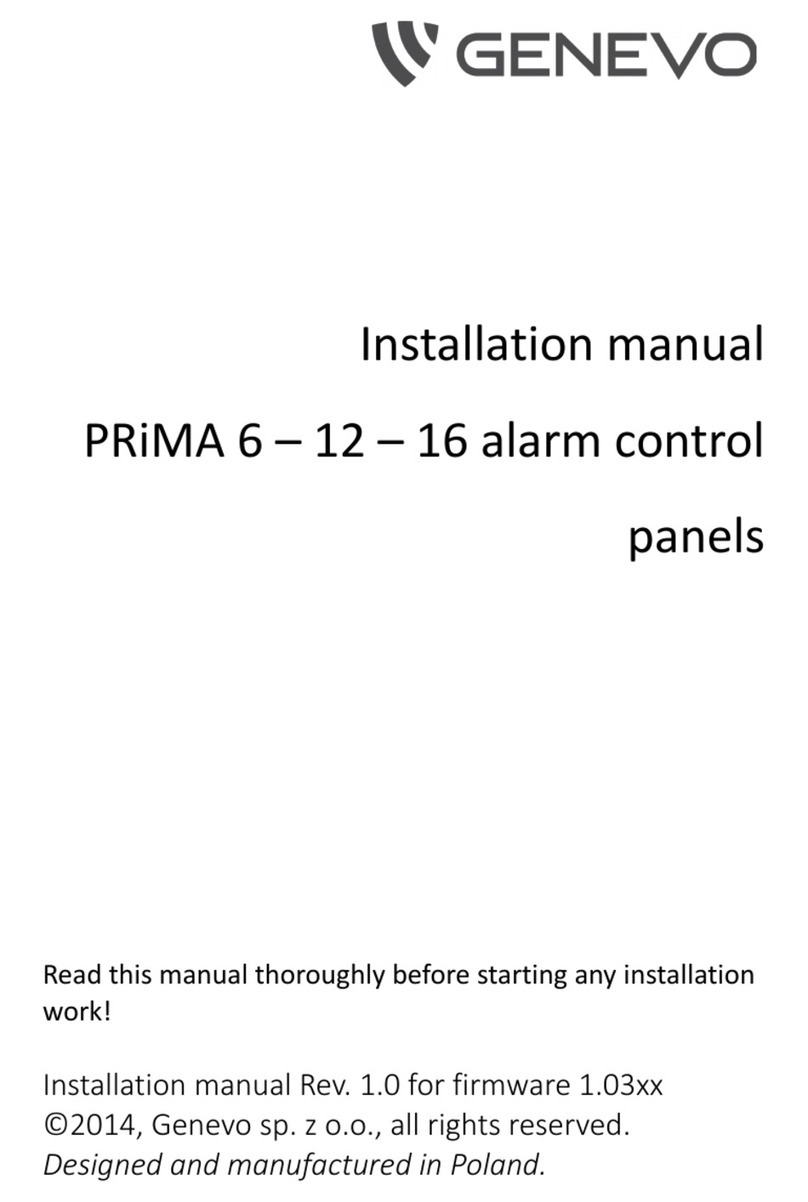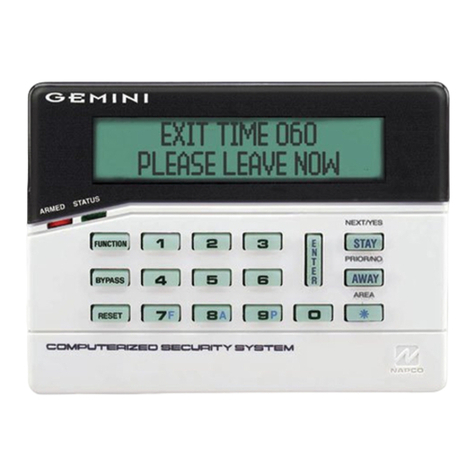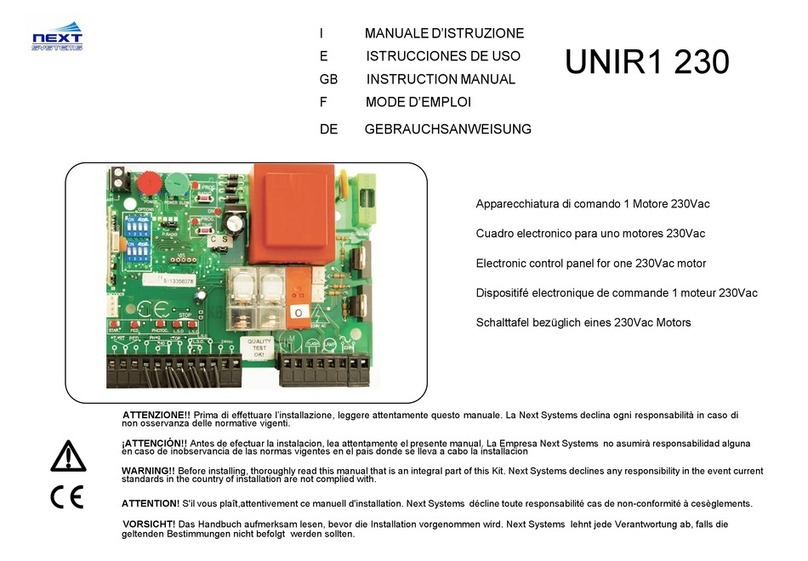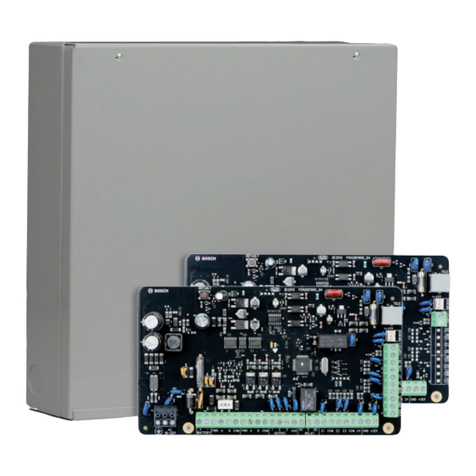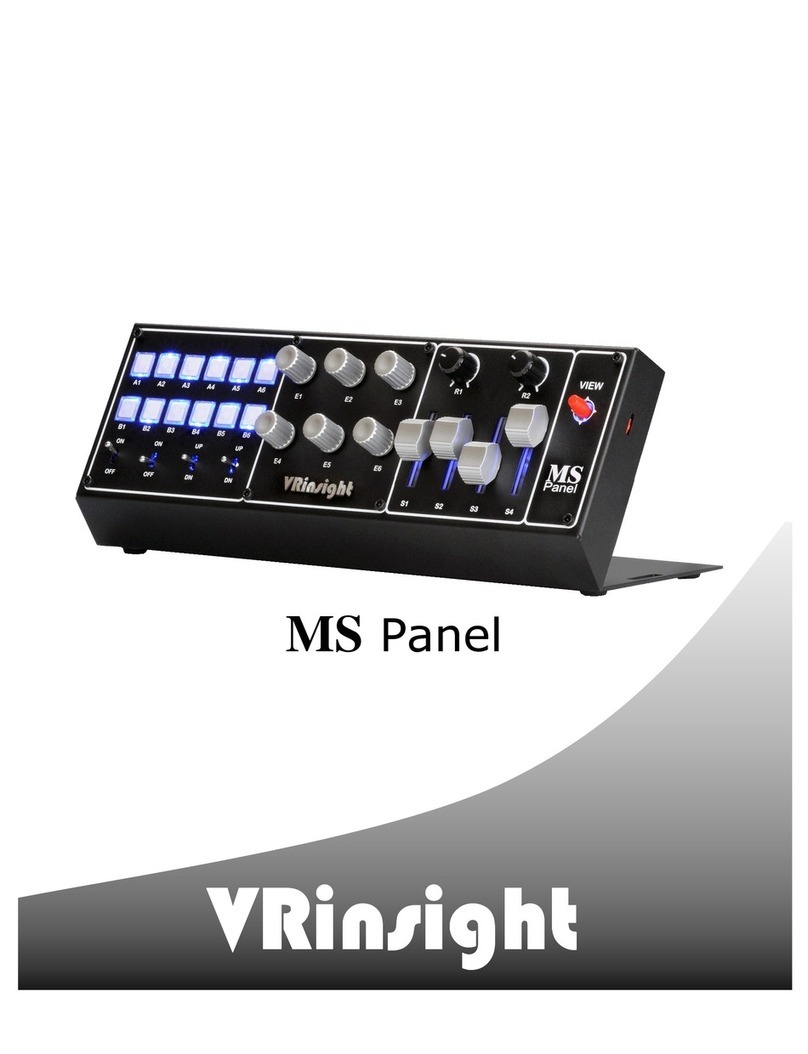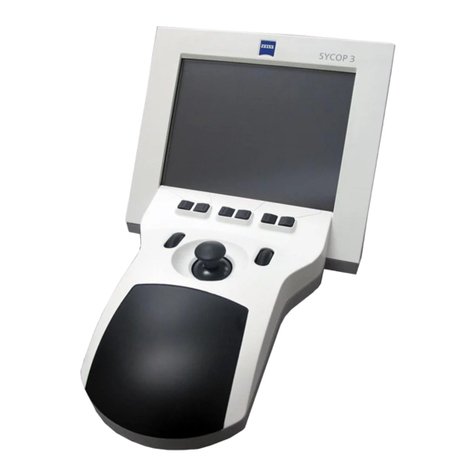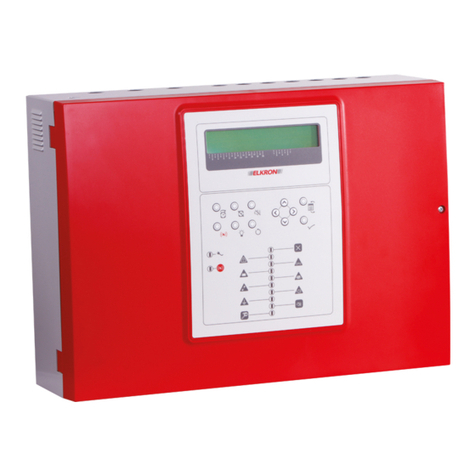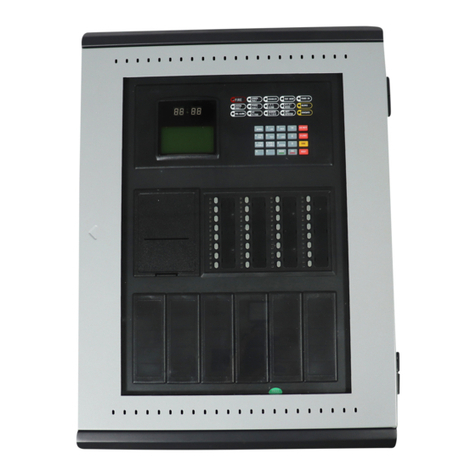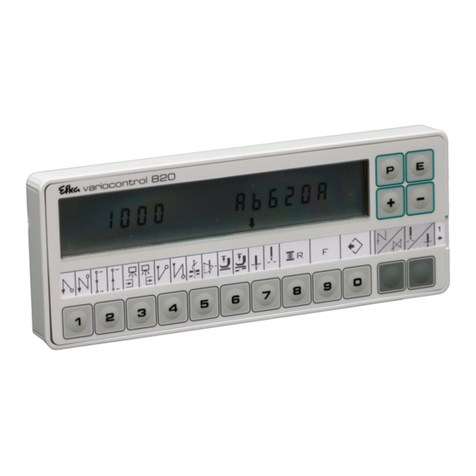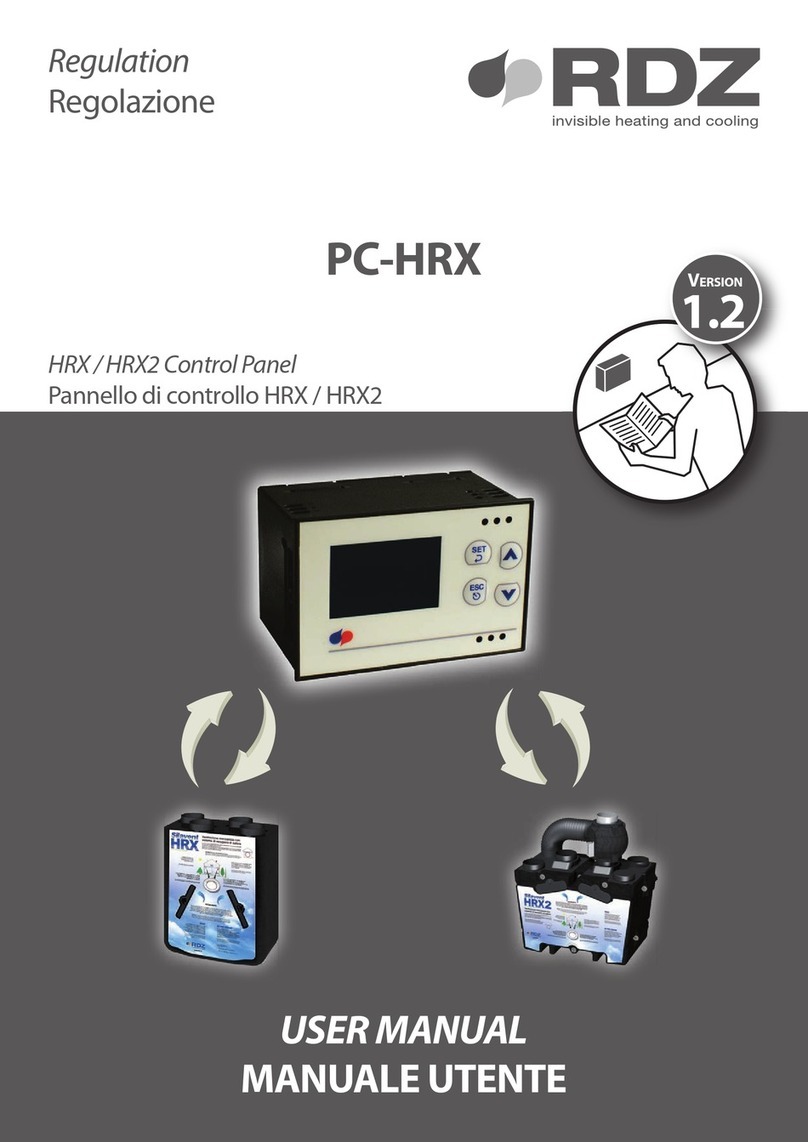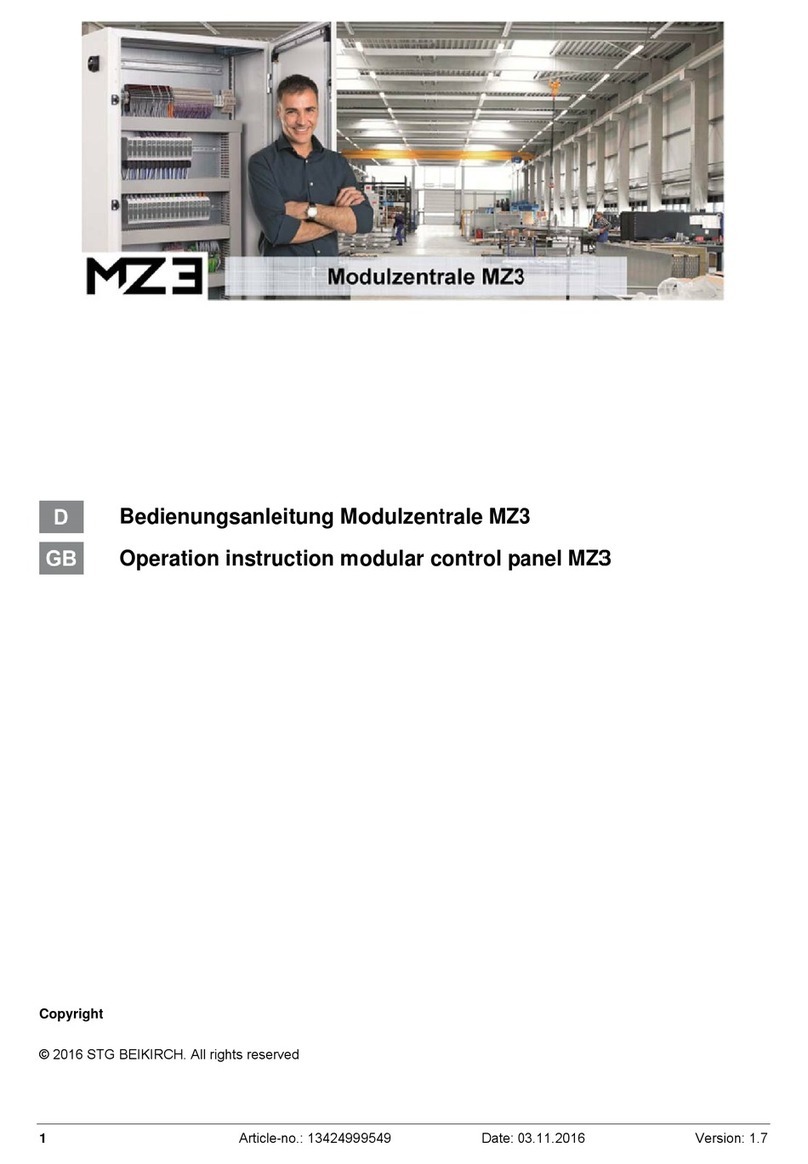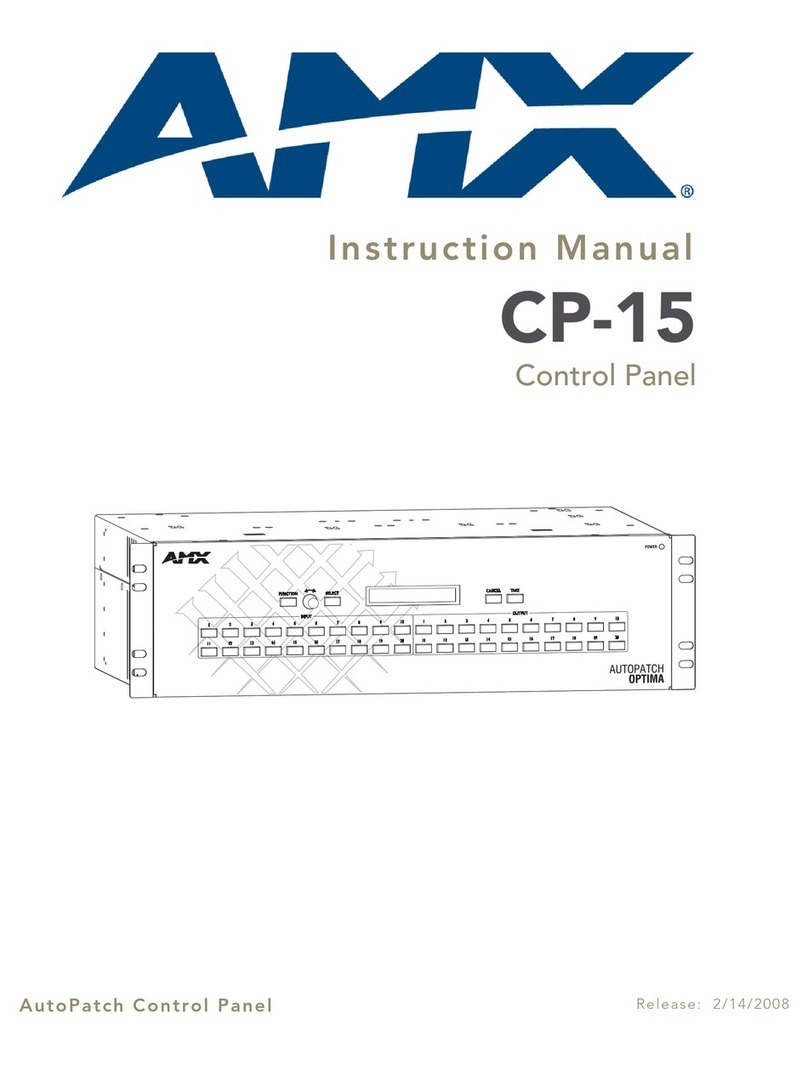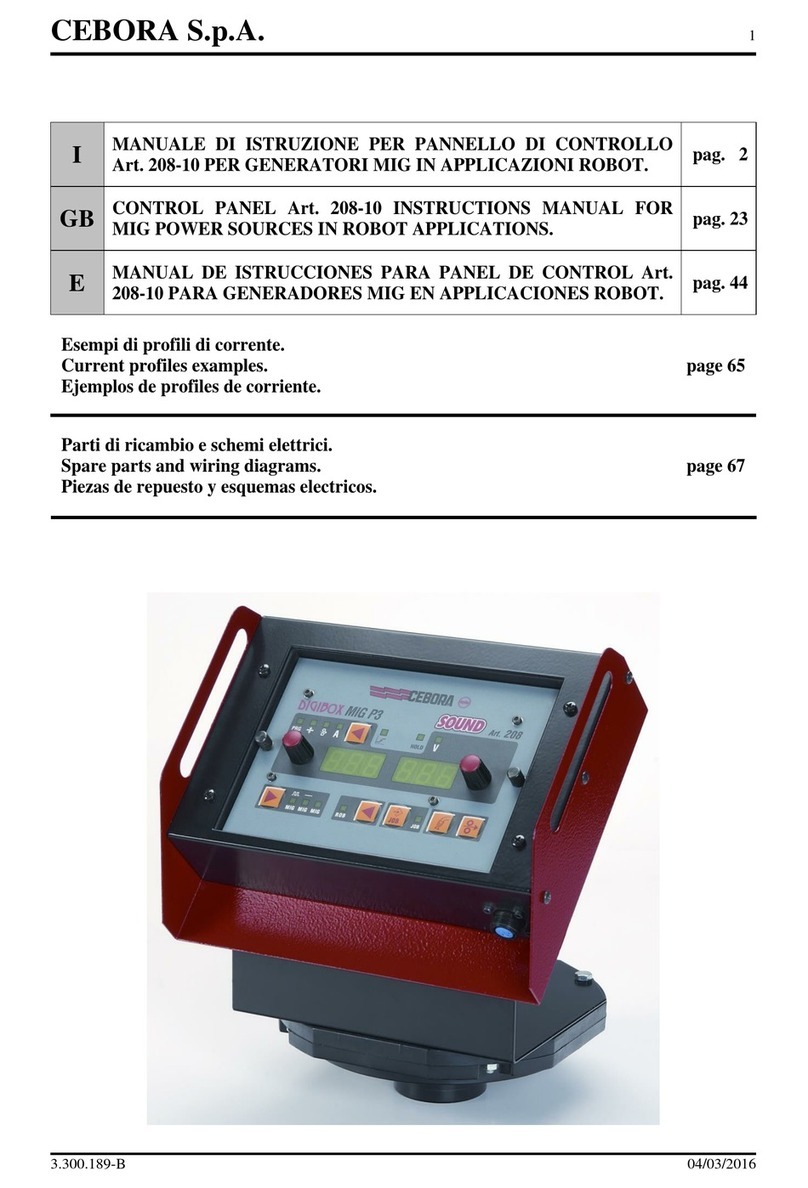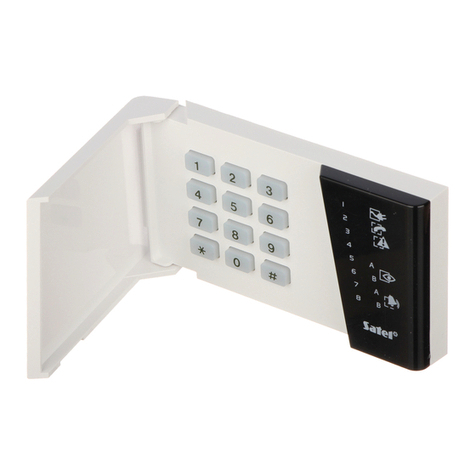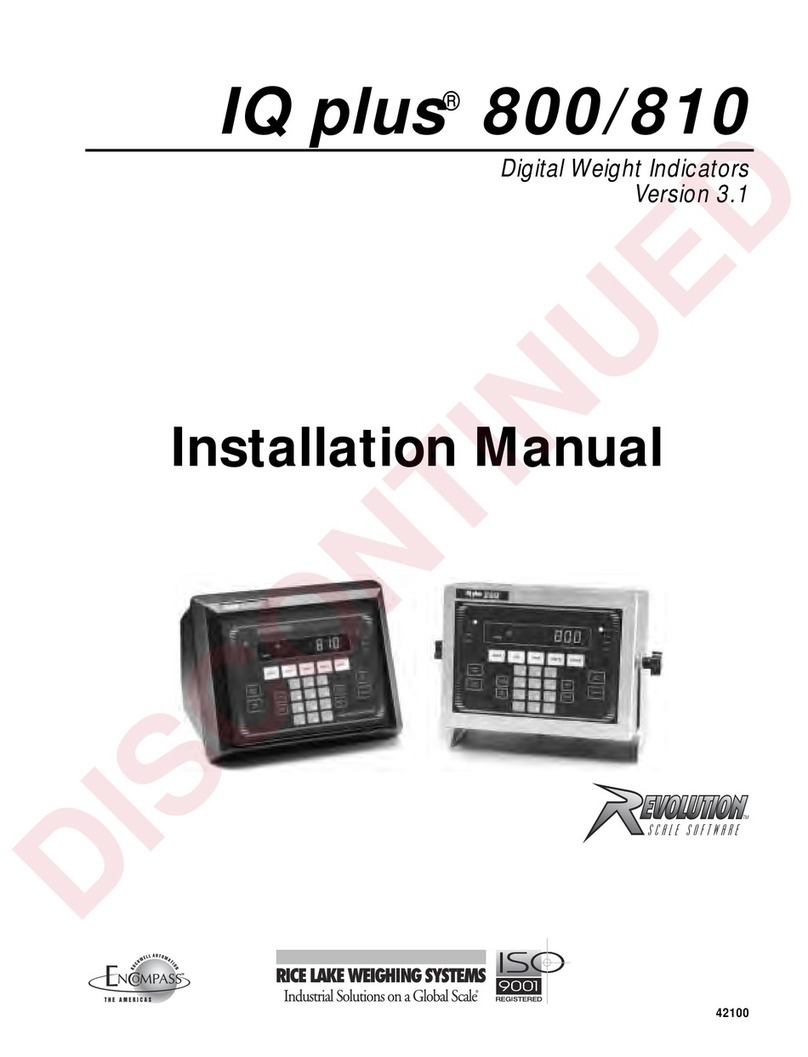■10 GE Zenith Controls ■
MX150 Operation and Maintenance Manual (70R-2000)
Std. Features, MSTDG Option Pkg.
(cont’d)
EL/P
Event Log: Sequentially Numbered Log
of 16 events that track
date, time, reason and action taken
System Data: Total Life Transfers (N2P)
Days Powered Up
Total Transfers to S2
Total S1 Failures
Time S1 available in Hrs
Time S2 available in Hrs. (N1P)
K/P
Frequency Indication for S1 and S2
L
LNP Center-off position LCD-Indicator
Indicating LED lights:
L1 Indicates Switch in Source 2 position.
L2 Indicates Switch in Source 1 position.
L3 Indicates Source 1 available.
L4 Indicates Source 2 available.
P1
Time Delay Source 2 Start. Adjustable 0-10 seconds.
Standard setting is 3 seconds.
Adjust via SET menu (see page 17)
Q2
Peak Shave / Remote Load Test: Input for Peak Shave
or Remote Load Test. Includes automatic return to
Source 1 if Source 2 fails and Source 1 present.
R2E
Under voltage sensing of Source 2 for single-phase.
(R17 replaces R2E for Utility to Utility switches)
R50
In Phase Monitor this feature restricts Live to Live
Source Transfers to occur unless both Sources are within
7 electrical degrees or less of each other. (live Source to
live Source transfers usually occur during transfer back
to Source 1 or during Testing). R50 does not change
the operation of the Automatic Transfer Switch in a
power failure mode. After all timer functions have
elapsed, the CHECKING FOR SOURCE SYNCHRO-
NISM will be displayed as well as the direction of
transfer (S1-S2 for example denotes transfer from
Source 1 to Source2). When synchronism is accomplished,
transfer will take place.
Notes: - If S2 Frequency is less than S1 Frequency,
display will show a series of (- - - - -…..) symbols.
- If S2 Frequency is greater than S1 Frequency,
display will show a series of (+++++…..) symbols.
- Each (-) or (+) symbol represents 10 electrical
degrees out of phase. A maximum of 18 symbols
(180 electrical degrees) can be monitored.
- The number of (-) or (+) symbols decrease
as the two sources approach synchronism
and increase as the two sources drift out
of synchronism.
- If S1 and S2 Frequencies are identical, the
display will show a series of alternating
- - - -
symbols (++++…) which also indicate the
approximate out of phase degrees
In the event that the Sources do not come within 7
electrical degrees of each other within 60 seconds, the
unit will display the message: SYNCH CHECKING and
will allow the user to BYPASS. If the BYPASS button is
pressed, the unit will display the message: WARNING
MAY CAUSE DAMAGE TO THE LOAD. Pressing XFR
will actually bypass the R50. Since R50 is a passive device,
the length of time it takes to reach Synchronism is de-
pendent on the frequency difference between the two
Sources. Source 1 is usually a Utility and the frequency
is not within the control of the consumer. Source 2
needs to be adjusted to create an adequate difference
in order for the transfer to happen a timely fashion.
Note: For optimum performance, Source 2
Generator should be adjusted a Maximum of
2 Hertz above or below the Utility frequency,
minimum of 0.1 Hertz. (58 to 59.9) or
(60.1 to 62) Hertz. Adjustment of Generator
to 60Hertz could cause lengthy transfer delay.
R50 Feature can be turned ON or OFF via CFG Menu
(see page 16). Factory Default if OFF.
S13
Transfer Commit. Configured via CFG menu.
(see page 16) When this Feature is set to OFF:
The transfer Switch is not committed to transfer unless
the outage duration is longer than the timers that
precede the transfer to Source 2 position. This assumes
that the outage will be an isolated event. When this
Feature is set to ON: The transfer Switch is committed
to transfer to Source 2 position once the W timer has
begun timing, even if Source 1 power returns before
the transfer to Source 2. This is to ensure that the
transfer takes place, because one outage may be
followed by another.
T
Time Delay (S1) Source 1 Stable Timer. To delay trans-
fer to Source 1 (immediate retransfer on Source 2 fail-
ure). Adjustable 0-60 minutes in 1 second increments.
Standard setting is 30 minutes. Adjust via SET menu
(see page 17)
U
(S2) Source 2 Stop Delay Timer. Allows Engine to run
unloaded after switch retransfer to Source 1. Adjustable
0-60 minutes in 1 second increments. Standard setting is
5 minutes. Adjust via SET menu (see page 17)
W
Time Delay (S2) Source 2 Stable Timer. To delay trans-
fer to Source 2. Adjustable 0-5 minutes in 1 second
increments. Standard setting is 1 second. Adjust via SET
menu (see page 17)
YEN
Bypass Timers Key utilizing Keypad. When applicable,
the system prompts the user to press a button to bypass
(T) or (W) Timers should the user so desires.
